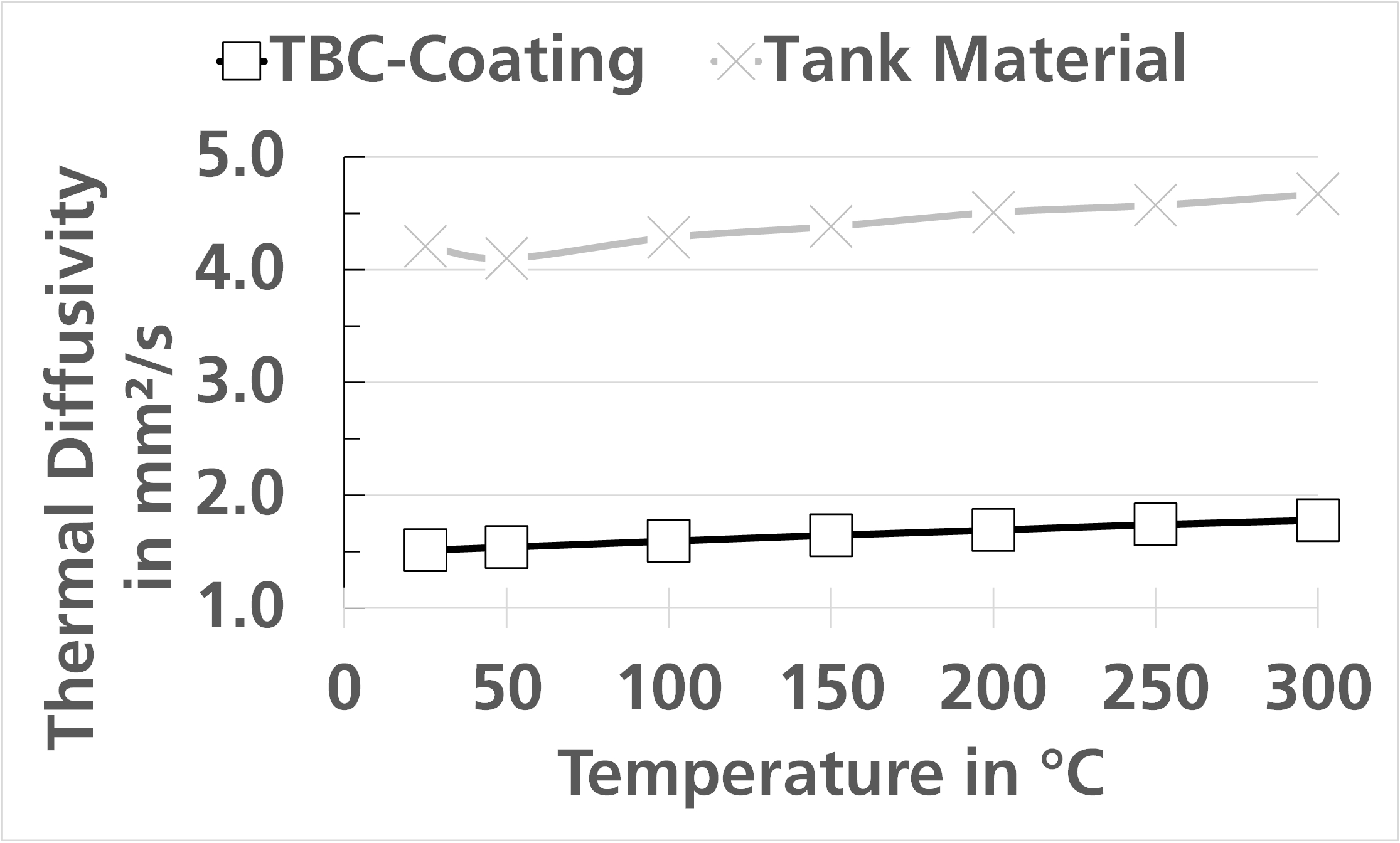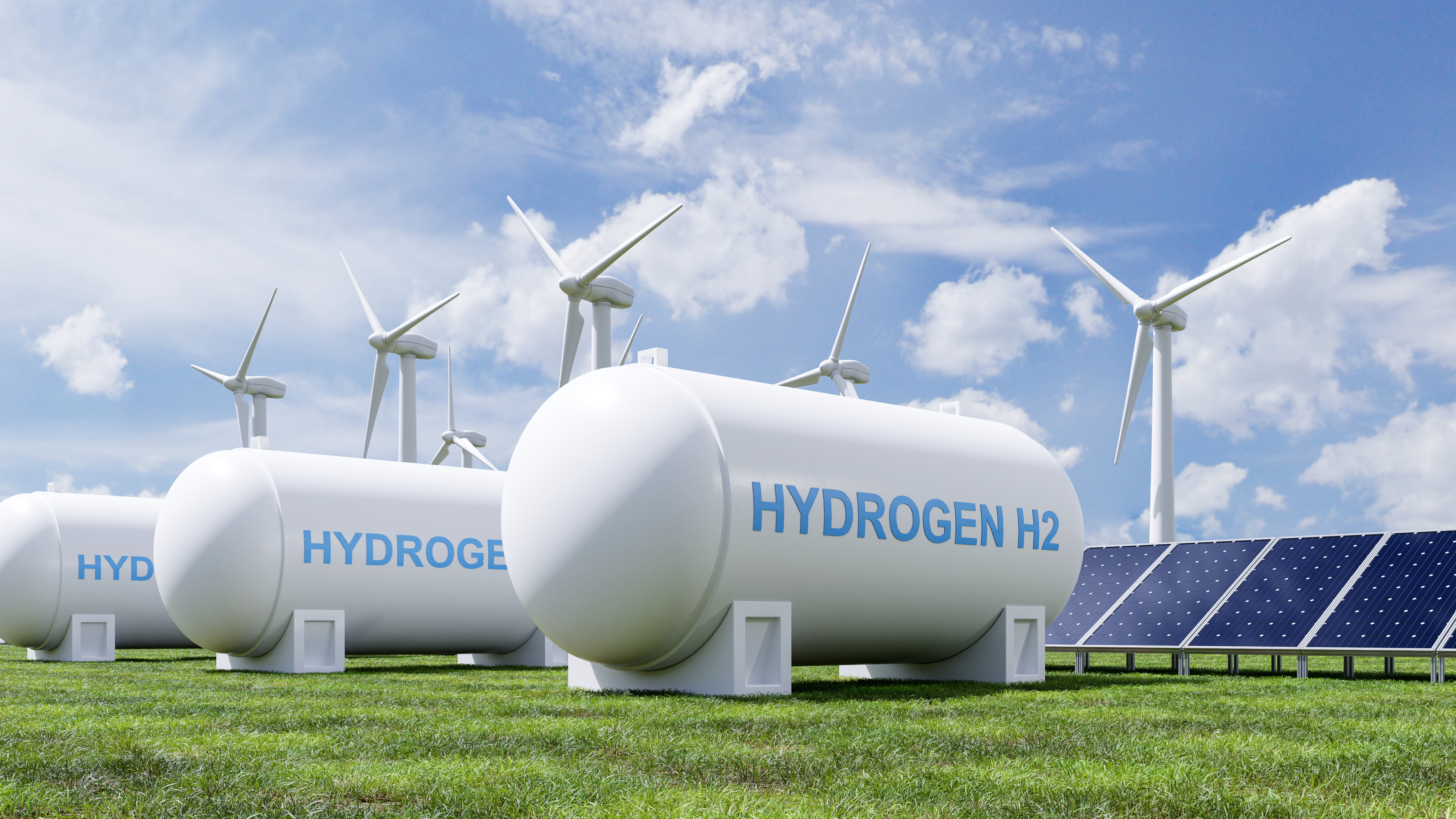Increasing the storage and transport efficiency for liquid hydrogen in steel fiber composite tanks by thermally sprayed TBC coatings (LH2 Tanks)
There is currently little experience with maritime production, offshore storage and transportation of large quantities of liquid hydrogen (LH2) due to the developing market. The tank designs relate to standard applications for onshore storage and transportation with vacuum-insulated, double-walled constructions made of austenitic stainless steel, which have comparatively high thermal diffusivity and conductivity as well as increased weight. This currently reduces efficiency due to the increased boil-off and the unfavorable gravimetric storage density.

Problem
he complex structure of LH2 tanks with inner and outer vessel, usually made of low-temperature austenitic steel with a comparatively high thermal conductivity (λ = 15 - 20 W / m K) and diffusivity (3.6 - 4.1 mm² / s) requires a high tank weight. This has a negative effect on the ratio of cargo weight to means of transport weight.
Objective and solution
New tank concepts are therefore required for the maritime production and transportation of LH2. Here, innovative technical approaches from the aerospace industry (fiber windings) and for high-temperature applications (thermal barrier coatings "TBC") are adopted and combined. With the help of fiber reinforcements applied in the circumferential direction in the cylindrical part on the outside of the inner tank, structural support for the steel tank and consequently a reduction in the wall thickness can be achieved. The application of thermally sprayed TBC coatings on the inside of the inner tank using innovative materials is promising in terms of improving the insulation properties and shows, for example, a thermal diffusivity that is two times lower than the tank material.
Benefit
The hybrid steel FRP tanks developed for LH2 transport can supplement the LH2 storage market and thus open up new business areas for SMEs in the field of fiber winding. The investigated material properties of thermally sprayed TBCs (insulation, cryogenic conditions), which have been insufficiently researched to date, and the knowledge gained about the connection of fibre winding to steel tanks at cryogenic temperatures also form a basis for the design of weight-optimized LH2 tanks and the development of new fields of application for all players in the field of hydrogen production, logistics and end use.
 Fraunhofer Institute for Large Structures in Production Engineering IGP
Fraunhofer Institute for Large Structures in Production Engineering IGP